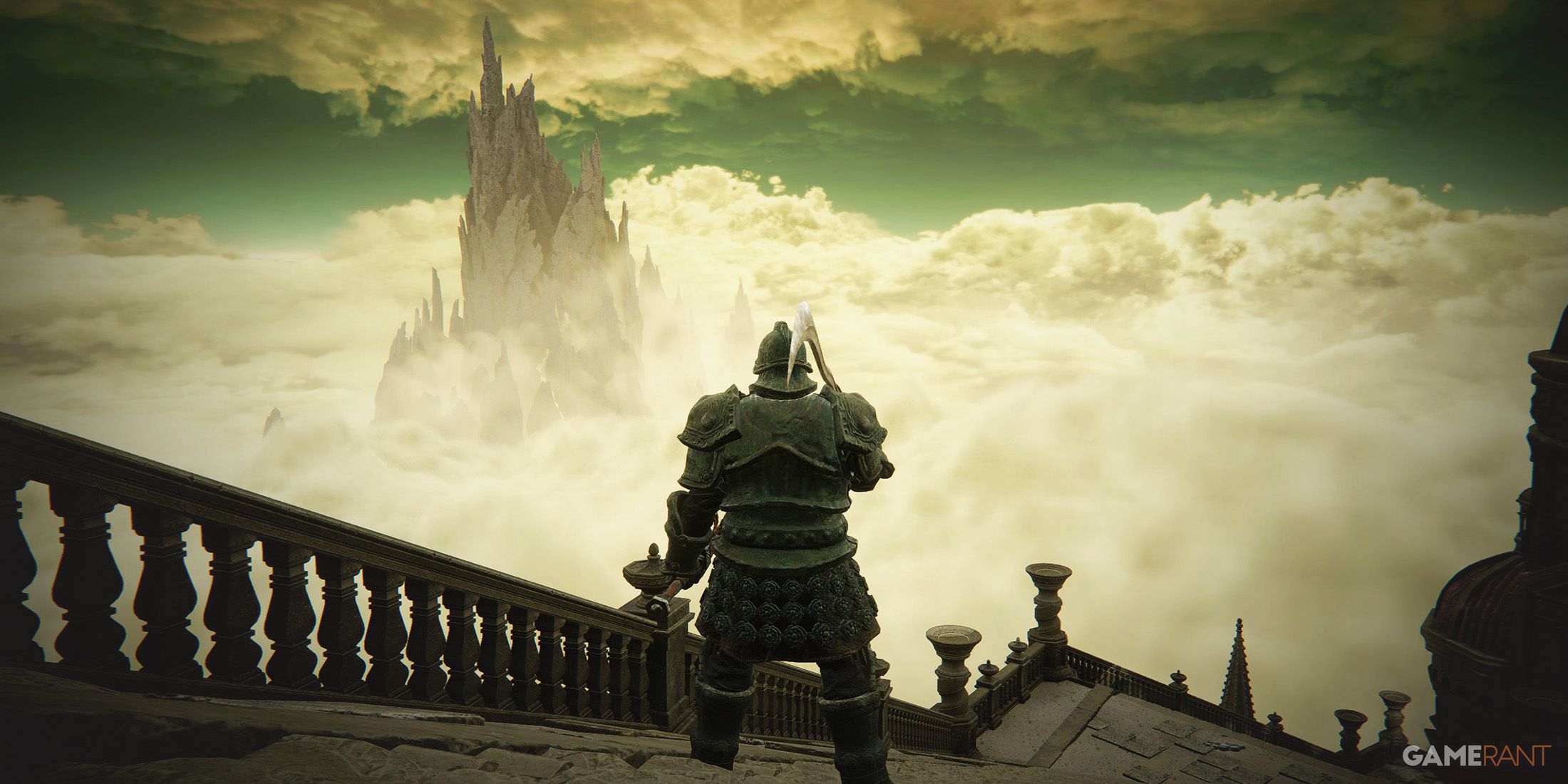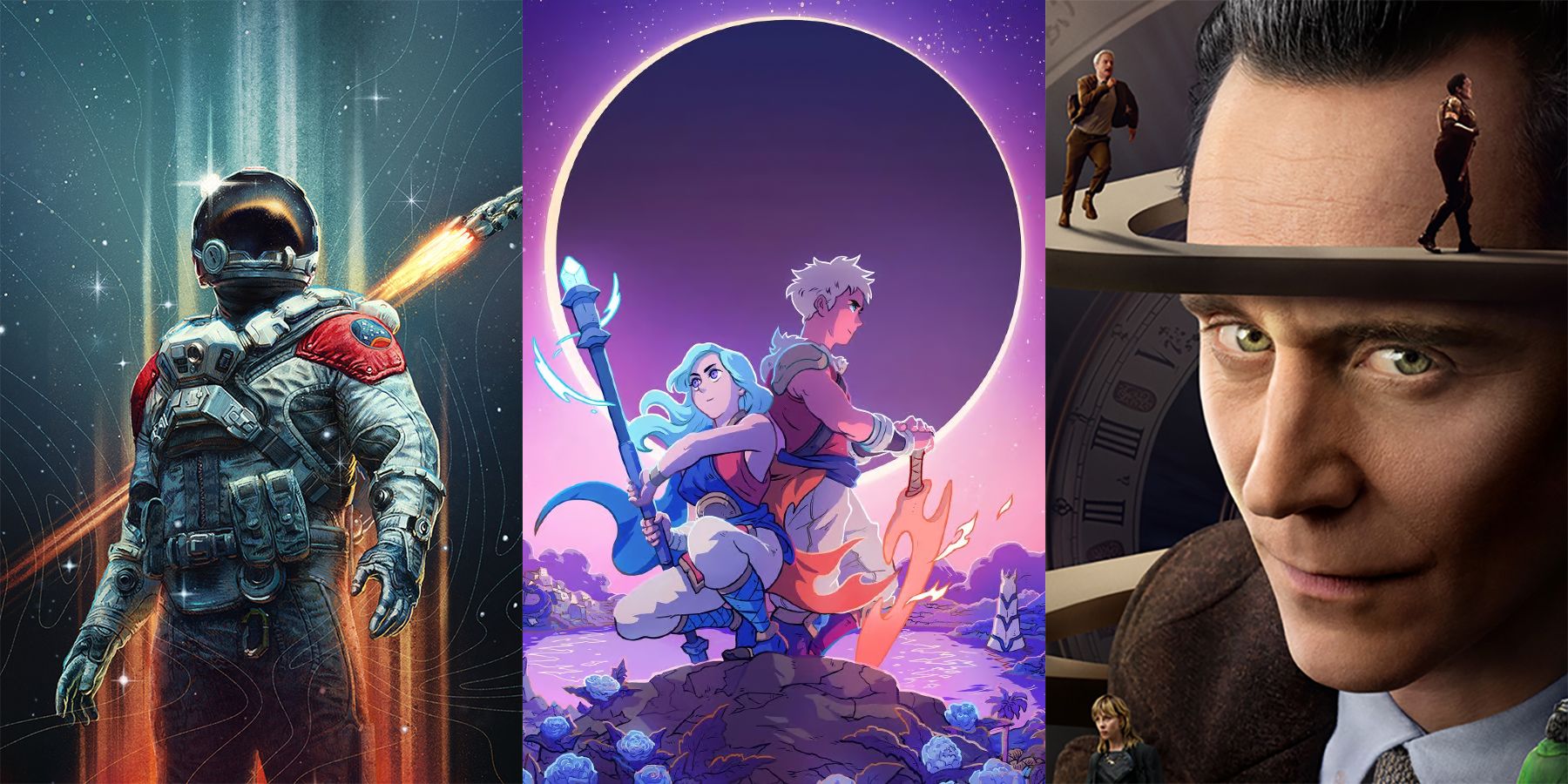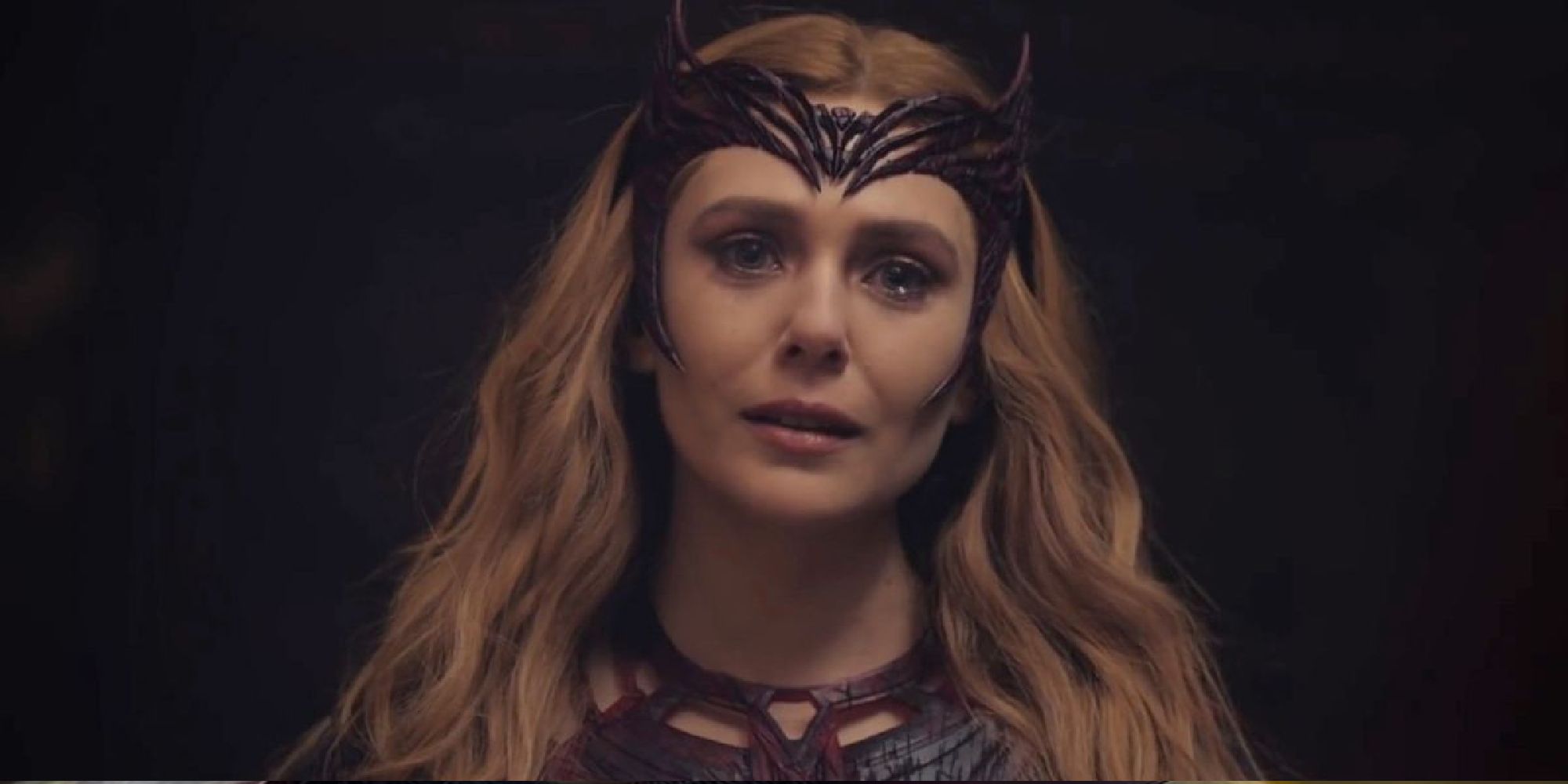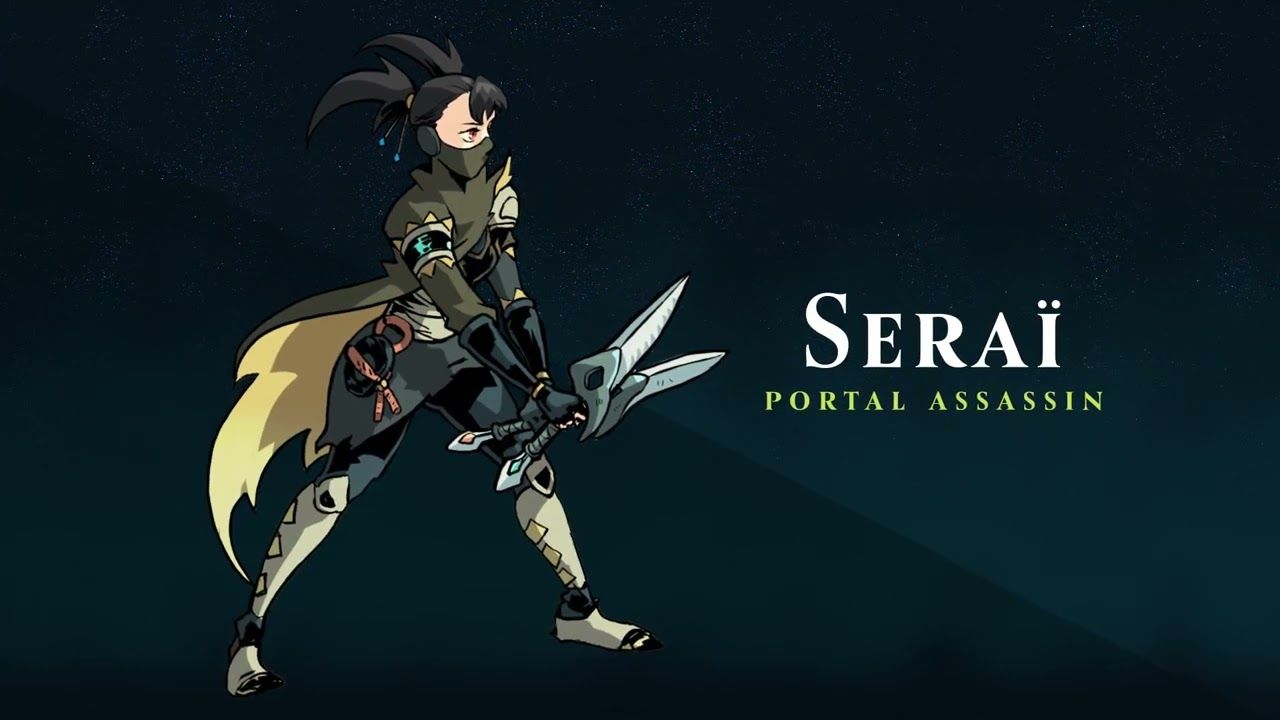NOTE: This Article Contains MASSIVE SPOILERS for Sea of Stars and Starfield.
On the surface, there is hardly anything connecting Sea of Stars, Starfield, and the MCU. The latter, of course, is a massive and interwoven collection of superhero stories, Starfield is an open-world Bethesda RPG, and Sea of Stars is an indie turn-based RPG. However, there is one massive storytelling component that they all share, something that has become increasingly common in stories across mediums, and perhaps the most shocking part is that Sea of Stars does it better than the much bigger machines behind Marvel and Starfield.
That is the Multiverse. Marvel ended the Infinity Saga with Avengers: Endgame and thrust new and returning heroes into the now-dubbed Multiverse Saga. Starfield's New Game Plus mode revolves around the idea of the Multiverse, and Sea of Stars introduces its own take on the concept as well. There's something to be said about how popular multiverses are becoming and how, quite frankly, they can be a bit overplayed, but Sea of Stars is successfully able to dodge these criticisms by keeping it simple and surprising.
Marvel and Starfield Multiverses Are Problematic for Different Reasons
The truth is, the MCU and Starfield's take on the Multiverses are problematic to some degree. For Marvel, it's becoming an issue of oversaturating across various mediums, trying to set up Kang the Conqueror, and dealing with the fallout of the Avengers undoing the Blip. It's hard to keep up with everything across what's on Disney Plus, what's hitting theaters, and how they each so differently present facets of the Multiverse. Ant-Man and the Wasp, for example, explore the Quantum Realm and its implications on the Multiverse, while the TV show Loki is at the heart of it somehow, and Doctor Strange and the Multiverse of Madness takes it in a horror direction. The multiverse exists, there are other versions of all these characters, and it's a bit overwhelming overall.
Starfield's problem is perhaps on the opposite spectrum: the multiverse of Starfield is much easier to comprehend. At the core of the galaxy is the Unity, and anyone traveling through the Unity passes into another Universe. Elements of that universe will differ from the original one, which is quite hilarious when seeing all the possible outcomes and variants for Starfield's Constellation. However, first learning about the Starborn, getting to the Unity, and collecting all the artifacts feels like one long fetch quest, with its twists never really peeking out over the mountains. It's not the worst and it's not overwhelming, but the surprise doesn't quite land effectively and it has a "just another multiverse" feel to it.
Sea of Stars' Multiverse is Simple
Unlike the MCU or Starfield, Sea of Stars effectively introduces a multiverse that is both simple to understand and equally surprising. Most of this is done through the character development of Serai. Players first see her ominously overlooking players before they meet Captain Klee'Shae (with players quickly realizing her name is cliche), and they'll quickly realize Serai is Klee'Shae. There are some antics that lead to Serai revealing herself becoming a laugh among Sea of Stars' main characters, Zale and Valere, and they don't push because she obviously wants to keep some things to herself. The entire time, players are likely thinking that she is connected to the Fleshmancer, maybe being his daughter or one of his high ranking minions, due to this obvious double-hidden identity. The connection is teased, but what it actually reveals is shocking.
Once players make it across the titular Sea of Stars, they'll find themselves in another universe. It is a multiverse because it's clear how similar, but different, elements of the world are. The four statues sit at the center of the ocean, the presence (but extinction) of the Solstice Warriors is there, and so forth. This is just a dark timeline where the Fleshmancer took control of the world. Players can understand this as they prepare to cross the Sea of Stars, but luckily, the full-blown reveal doesn't take the wind out of their sails. After defeating a robotic enemy, which also introduces new gameplay elements, Serai reveals that she has been a Cyborg this whole time and that the Fleshmancer did all of this to her world. The connection players expected was there, but not the way they may have anticipated. Anyone looking at Serai's outfit would just assume it's because she's an Assassin, not that it hides her mechanical components.
So, the result is Serai introduces the surprises necessary to make this multiverse stand out from all the other multiverses in gaming and beyond, but the resulting multiverse is also simple to comprehend. There is no MCU madness involved in how it works, and it supports an effective story with twists and turns unlike Starfield. Sea of Stars has seen massive success with its Game Pass launch and platform sales as a whole, and easily, Sea of Stars earns all of its rave reviews. Not just because of all this, but everything that comes before and after. It will be the personal Game of the Year for many fans, which in a year dominated by Starfield, Baldur's Gate, and so many other massive games is saying something for this indie title.
Sea of Stars is available now on PC, PS4, PS5, Switch, Xbox One, and Xbox Series X/S.






